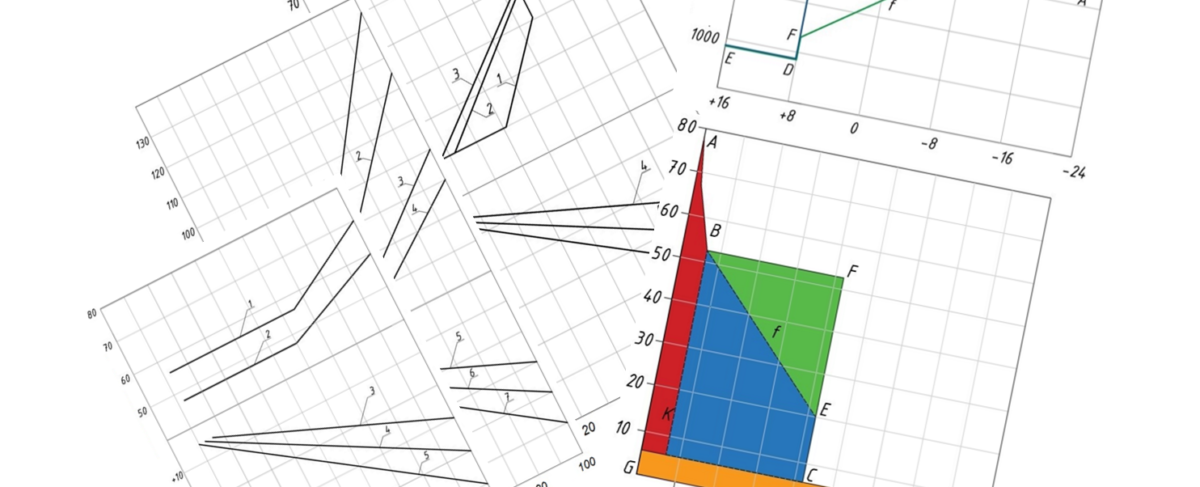
Heat supply control in Ukrainian DH systems
2021-09-22
Based on the proposed SUDH project in Brovary, Professor Anatoliy Kolienko, technical expert in the SUDH team, has compiled an article on the general problem of heat supply control in Ukrainian district heating (DH) systems and the proposed solutions for Brovary.
Production-driven DH systems in Ukraine and other former Soviet Union countries generally employ a control strategy using constant flow (and hence constant pressure throughout the network) all year and varying the supply temperature depending on the outdoor temperature. The fixed control equipment in buildings is based on such constant flow and pressure to work properly. The flow in the demand-driven Nordic DH systems is controlled by control valves in individual heat substations in each building, with the supply temperature varying depending on the outdoor temperature. Heating plant pumps are equipped with variable speed drives allowing them to adapt to the actual flow at any time.
Since the fixed control equipment in the buildings and other components in the district heating system in Brovary and other Ukrainian cities have deteriorated, the supply temperatures from the production plants have typically been reduced. With constant flow and the supply temperature falling as the outdoor temperature rises, this results in the minimum supply temperature for the production of domestic hot water being reached at lower outdoor temperatures. Hence, the period where the outdoor temperature is above the so-called “break” point, at which both flow and the supply temperature must remain constant, is now longer. Constant flow and supply temperature without control equipment in buildings leads to constant heat supply, overheating and wasted energy.
Installation of individual heating substations in all buildings connected to district heating systems at the same time is generally not a financially viable solution and compromises, as proposed for Brovary, must be accepted.
Read the full technical article here.